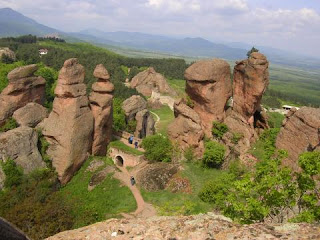
We all know about the traditional Japanese art of folding paper called origami. Everyone has folded at least a boat or a plane made out of paper. But in my opinion we rarely acknowledge how complicated some shapes are.
 I took some books about modular origami for my tectonics exercise and I was amazed by the complexity of the models in them. Most of them consisted of a number of one or two types of complexly folded elements that fit together. It makes me wonder how did people discover how to make them.
I took some books about modular origami for my tectonics exercise and I was amazed by the complexity of the models in them. Most of them consisted of a number of one or two types of complexly folded elements that fit together. It makes me wonder how did people discover how to make them. This honey comb ball that I made, for example, consists of 90 identical elements. And it all fits together so smoothly. Really how did people discover those patterns? Folded paper models are so much more complicated than they seem.













